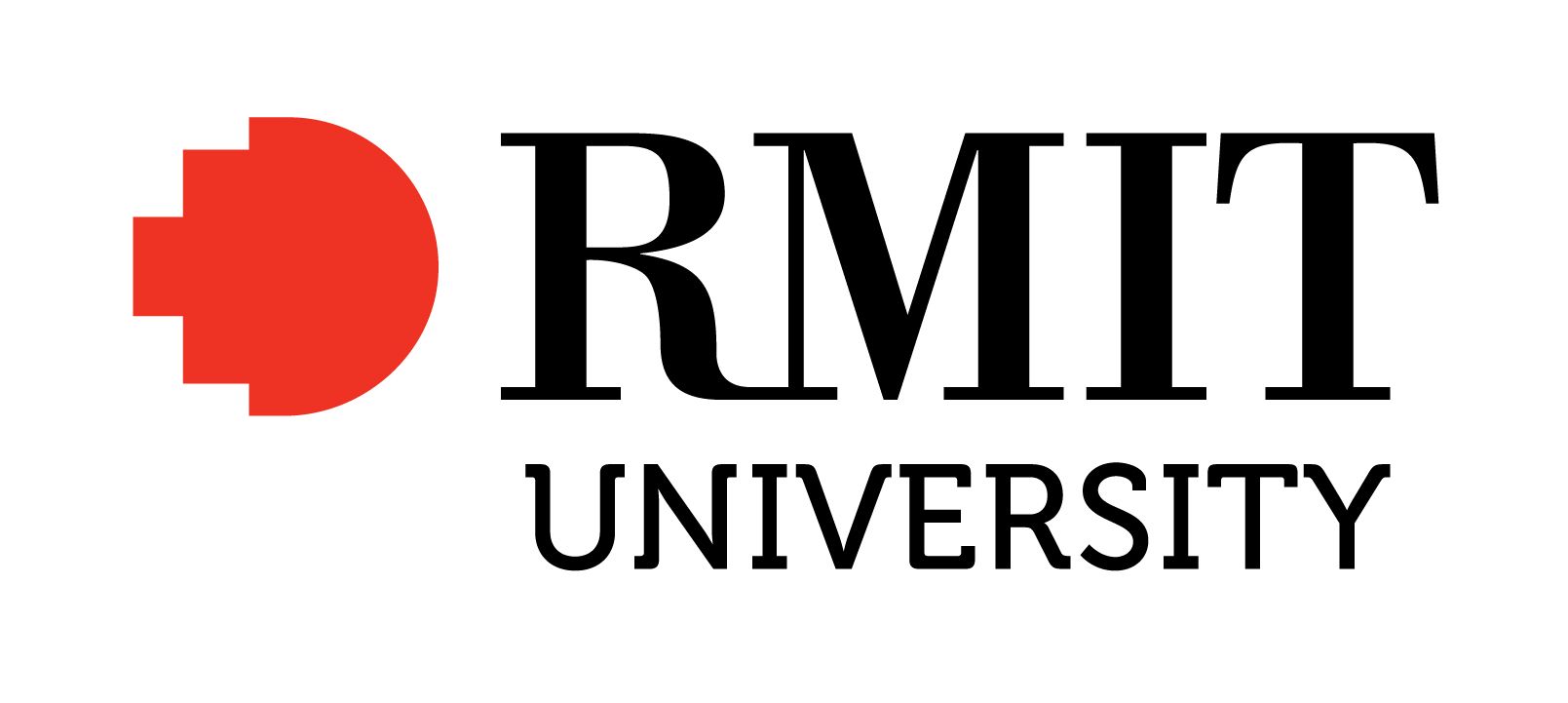Full description
As part of Cities & Memory network (https://citiesandmemory.com/) Sonic Heritage is the first collection of the sounds of the world's most famous sights. The project presents the sound of 270 UNESCO World Heritage Sites and items of intangible heritage.
My audiowork creation uses field recording 115 labelled, Hospicio Cabañas at Guadalajara in Mexico. When I first listened to the field recording, I was drawn to its spatial rendering, which made me curious to learn more about the place and its surroundings. Historically, it functioned both as an orphanage and a hospital, with certainly thousands traces of stories. This history, along with the architecture, inspired me to explore the relational characteristics of frequencies, materials, and memories. Also, I’ve always been fascinated by how a cathedral's dome is designed to shape frequencies, creating what could be described as "the chant of the angels." So I started to engage with the volume and height of the space, imagining how sound might behave within it—how frequencies would rapidly reflect across various distances, spreading in all directions within the massive structure of the Hospicio Cabañas in Guadalajara. I engage with Sonic Heritage by focusing on the relational and spatial aspects of sound within historically and culturally significant environments. By interpreting and exploring the acoustics of Hospicio Cabañas, I consider how sound interacts with architecture and memory, emphasizing how sonic imprints persist in spaces with deep historical resonance. I used only the field recording as the primary material, processing it in SuperCollider. I enjoy the forensic nature of coding, allowing me to dissect sound and explore its possibilities.
Issued: 2025-05-26
Created: 2025-05-26
User Contributed Tags
Login to tag this record with meaningful keywords to make it easier to discover
- DOI : 10.25439/RMT.28846496.V1



